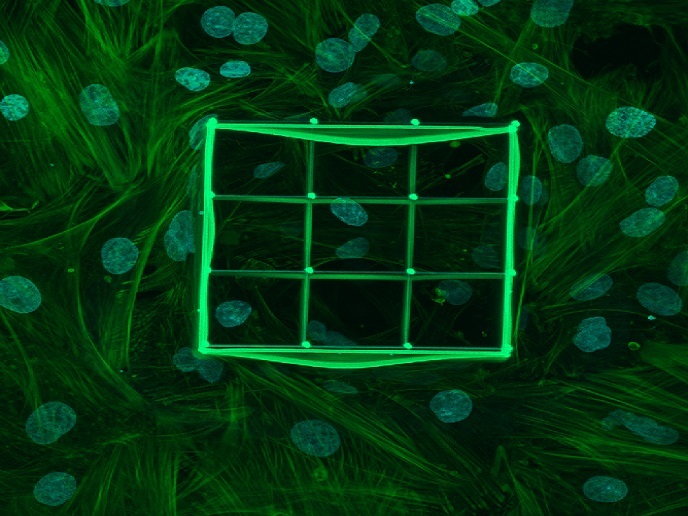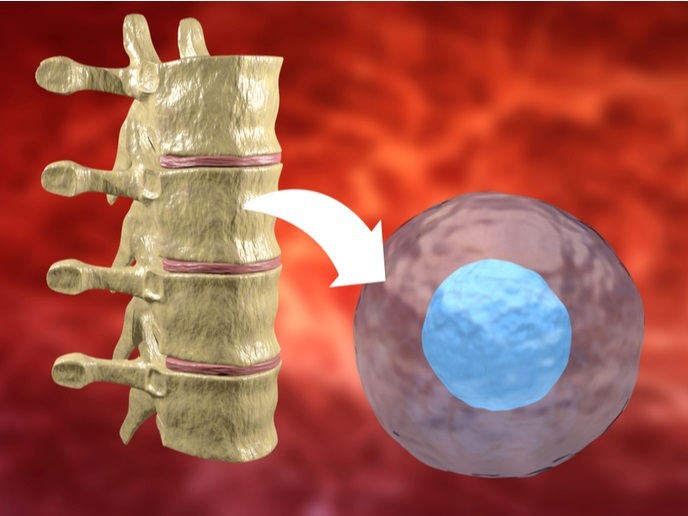Toward a better source of neural stem cells
NSCs can propagate in vitro and retain the ability to differentiate into neuronal cells, astrocytes and oligodendrocytes. However, the ability of NSCs to produce clinically relevant neuronal types is low and is further gradually lost during culturing. The overreaching goal of the EU-funded MODNEURDEVDIS (Self-renewal, fate potential and plasticity of human embryonic and induced pluripotent stem cell-derived neural stem cells) project was to find the growth requirements and signalling pathways of NSCs to optimise their application in cell replacement-based therapies. The main objectives were identification of the epigenetic changes during NSC culturing and developing new ways to preserve NSC identity. Researchers established a long-term neural culture of NSCs from human embryonic SCs as a platform for tracking NSC development. They also created an SC line with genetic fluorescent marker that helped them identify the newly generated NSCs. Distinctive types of NSCs were characterised over a period of 220 days in culture. Each of the NSC types was different morphologically, biochemically and by their ability to develop into different regions of the neural system cortex. Researchers were able to isolate early neuroepithelial cells (the earliest NSCs) that can give rise to many brain regions. Remarkably, together, these cell types were able to reconstitute the regions that show up during entire cortical development. Partners created a database of the epigenetic differences between types of cortex-forming NSCs, followed by validation using knockdown technology. This effort resulted in a conclusive list of specific genes that are activated or repressed during the generation of specific NSC types. As a final validation, scientists used small molecules to activate or shut down subsequent signalling pathways. This research strand resulted in the project's major milestone: development of a streamlined and robust protocol of generation of clinically relevant purified cortical NSCs from human embryonic SCs. The team confirmed this method on both mouse and human pluripotent SCs and in a variety of neural differentiation schemes. Most importantly, the findings were applied for a recently developed method of generation of cerebral organoids, 3D self-assembled structures mimicking fundamental aspects of corticogenesis in health and disease. Apart from providing fundamental biological insight, the well-defined NSCs will assist in modelling human normal development and delineating the pathogenesis of neurodegenerative diseases. In the long term, these lines could also be used in drug discovery.







